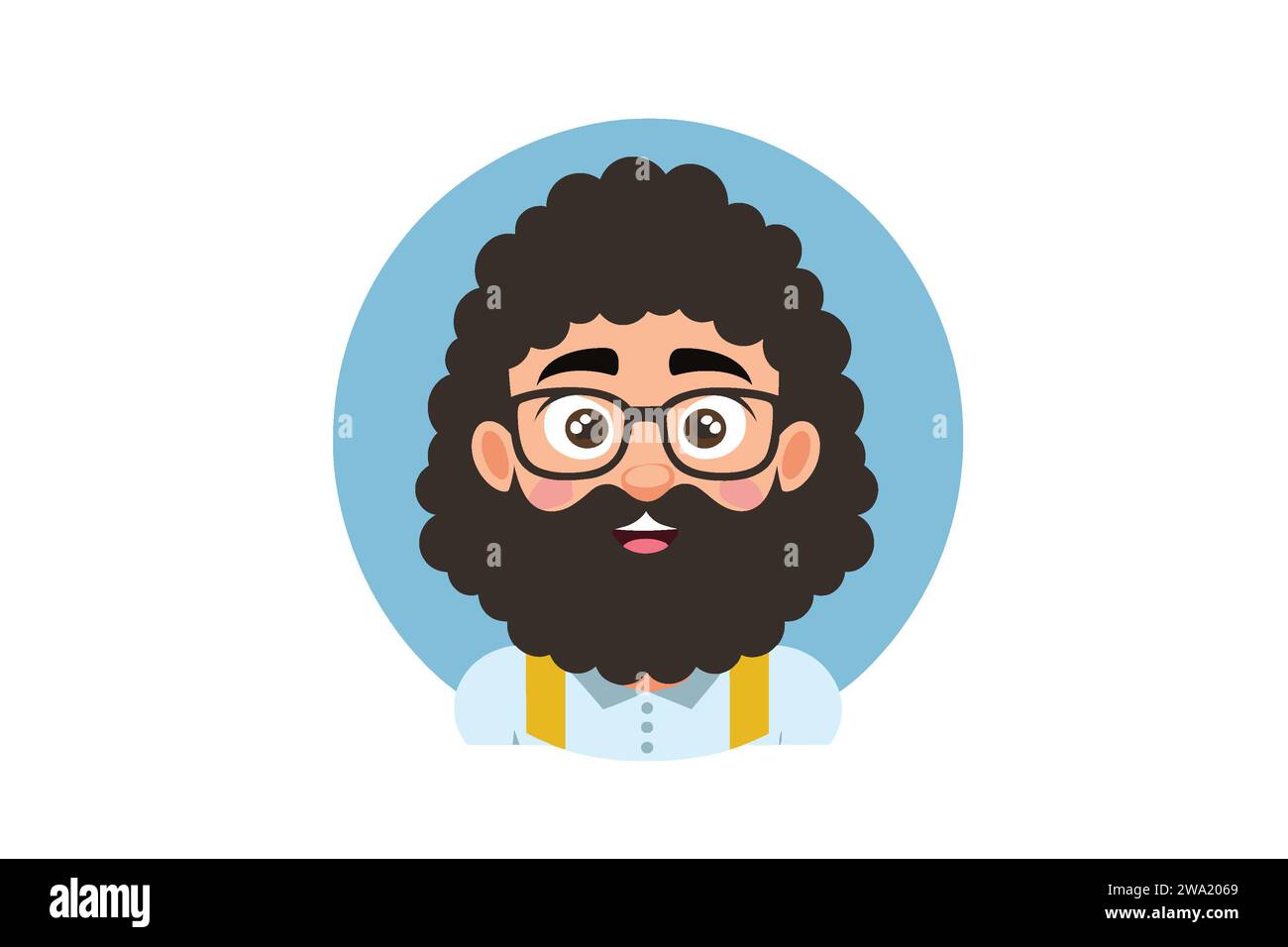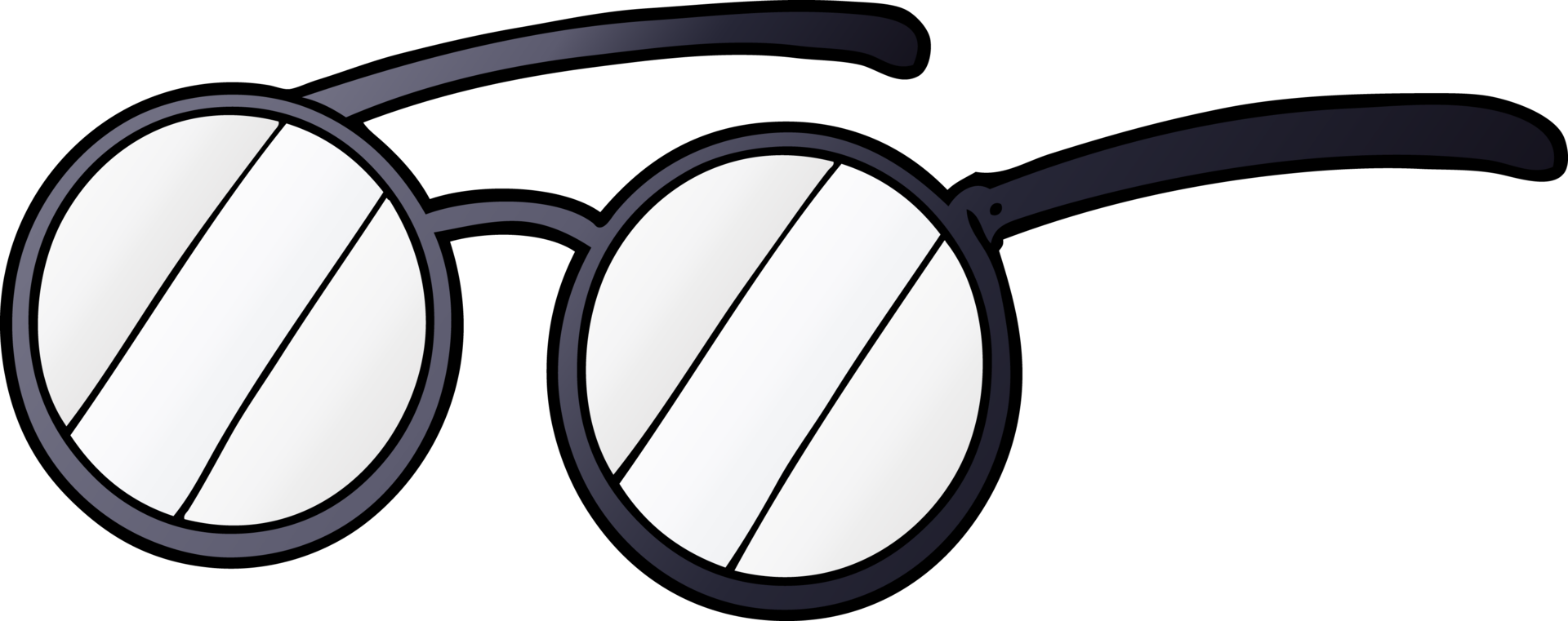Cartoon character with spectacles have always been a fascinating aspect of animated storytelling. These characters bring a unique charm to the screen, often symbolizing intelligence, wit, or even quirky personalities. From classic cartoons to modern animated series, the presence of glasses adds layers to their personas. They're not just props; they're defining features that make these characters memorable. Let's dive into the world of cartoon spectacles and discover why they've captured our hearts for decades.
Imagine a character wearing glasses. Instantly, you're drawn to their personality, aren't you? Whether it's the classic nerd vibe or a sophisticated touch, glasses play a crucial role in shaping a character's identity. These accessories tell stories, evoke emotions, and create connections with viewers. Cartoon characters with spectacles are more than just animated figures; they're symbols of creativity and imagination.
Now, why does this topic matter? Well, if you're an animation enthusiast, a fan of pop culture, or simply curious about the evolution of cartoon design, understanding the significance of glasses in character design is essential. This article will explore the history, symbolism, and cultural impact of cartoon characters with spectacles. So, buckle up and let's embark on this exciting journey!
Read also:Lisa Kennedys Daughters College Journey A Comprehensive Guide
Table of Contents
The Rich History of Cartoon Characters with Spectacles
Symbolism Behind Glasses in Animation
Most Popular Cartoon Characters with Spectacles
Design Elements That Make Glasses Iconic
Cultural Impact of Spectacled Characters
Subtleties in Character Design
Read also:Isabel May Height Unveiling The Rising Stars Measurements And Journey
Modern Takes on Glasses in Animation
Industry Trends and Innovations
The Future of Glasses in Cartoon Design
Wrapping It Up: Why Glasses Matter
The Rich History of Cartoon Characters with Spectacles
Cartoon character with spectacles have been around for as long as animation itself. The early days of animation saw glasses as a tool to emphasize intelligence or eccentricity. Think about Professor Utonium from "The Powerpuff Girls" or Mr. Krabs from "SpongeBob SquarePants." These characters were designed to stand out, and glasses played a pivotal role in achieving that.
Back in the 1920s and 1930s, animators used glasses to convey a sense of seriousness or scholarly demeanor. Characters like Myrtle from "Donald Duck" comics were depicted as bookish and studious, reinforcing the stereotype of glasses being associated with intelligence. As animation evolved, so did the portrayal of glasses, becoming more diverse and creative over time.
Evolution of Glasses in Animation
From the silent film era to the digital age, glasses in cartoons have undergone a fascinating transformation. Initially, they were simple and functional, but as technology advanced, animators began experimenting with styles, shapes, and colors. Today, glasses in cartoons are as varied as the characters themselves, offering endless possibilities for creative expression.
For instance, modern cartoons like "Adventure Time" feature characters like Princess Bubblegum, whose glasses are a statement of her intelligence and leadership. This evolution shows how far we've come in breaking stereotypes and embracing diversity in character design.
Symbolism Behind Glasses in Animation
Glasses in cartoons often carry symbolic meanings that go beyond their visual appeal. They can represent intelligence, mystery, or even vulnerability. For example, characters like Brain from "Animaniacs" use glasses to enhance their nerdy persona, while others like Meg Griffin from "Family Guy" use them to add a touch of humor.
Interestingly, glasses can also signify a character's transformation. Think about Clark Kent becoming Superman when he removes his glasses. This symbolism is powerful and resonates with audiences on a deeper level. It's not just about the glasses; it's about the story they tell.
Breaking Stereotypes with Glasses
While glasses have traditionally been associated with intelligence, modern animation challenges these stereotypes. Characters like Lisa Simpson from "The Simpsons" showcase how glasses can represent a well-rounded personality, combining intelligence with creativity and empathy. This shift in representation reflects society's evolving perceptions and values.
Most Popular Cartoon Characters with Spectacles
There's no shortage of beloved cartoon characters with spectacles. From classic icons to modern favorites, these characters have left a lasting impression on audiences worldwide. Here's a list of some of the most popular ones:
- Optimus Prime (Transformers)
- Hermione Granger (Harry Potter)
- Bender (Futurama)
- Dumbledore (Harry Potter)
- Glasses Villain (One Punch Man)
Each of these characters brings something unique to the table, proving that glasses are more than just accessories; they're defining features that shape personalities.
Why Do These Characters Resonate?
The popularity of these characters lies in their relatability and depth. Whether it's Hermione's thirst for knowledge or Dumbledore's wisdom, glasses add layers to their personalities, making them more engaging and memorable. Audiences connect with these characters because they represent qualities we admire and aspire to.
Design Elements That Make Glasses Iconic
When it comes to designing glasses for cartoon characters, there's more to it than meets the eye. Animators consider various factors, such as shape, color, and placement, to create iconic looks that resonate with audiences. For example, round glasses might convey innocence, while oversized frames might suggest eccentricity.
Color plays a crucial role as well. Characters like Brain from "Animaniacs" have blue glasses that complement his purple fur, creating a visually appealing contrast. These design choices are deliberate and contribute to the character's overall aesthetic.
Innovative Uses of Glasses in Design
Modern animation pushes the boundaries of design, experimenting with unconventional styles and materials. Characters like Princess Bubblegum from "Adventure Time" showcase how glasses can be used as fashion statements, adding flair to their outfits. This innovation keeps the medium fresh and exciting, appealing to new generations of viewers.
Cultural Impact of Spectacled Characters
The influence of cartoon characters with spectacles extends beyond the screen, impacting fashion, pop culture, and even societal perceptions. Glasses have become a symbol of intelligence and sophistication, inspiring real-life trends and attitudes. Characters like Lisa Simpson have even inspired a generation of young viewers to embrace their intellectual pursuits.
Moreover, these characters challenge stereotypes, promoting inclusivity and diversity. By portraying glasses as cool and desirable, animation helps break down barriers and encourage self-expression. This cultural impact is a testament to the power of storytelling and character design.
How Animation Shapes Perception
Animation has a unique ability to shape perceptions and influence behavior. Through characters with spectacles, audiences learn to appreciate diversity and embrace individuality. This positive impact is felt across all age groups, making animation a powerful tool for social change.
Subtleties in Character Design
Designing glasses for cartoon characters involves subtle nuances that contribute to their overall appeal. From the angle of the frames to the reflection of light, every detail is carefully considered to create a cohesive look. These subtleties may go unnoticed by casual viewers, but they play a significant role in defining a character's identity.
For example, the way glasses sit on a character's nose can convey personality traits. A character with glasses perched high on their nose might appear aloof, while one with glasses sliding down might seem clumsy or relatable. These small details add depth and realism to animated worlds.
Attention to Detail in Animation
Animators pay close attention to detail when designing glasses for characters. They consider factors like facial structure, body language, and even voice modulation to ensure consistency and authenticity. This meticulous approach results in characters that feel alive and engaging, capturing the imagination of audiences worldwide.
Modern Takes on Glasses in Animation
As animation continues to evolve, so does the portrayal of glasses in cartoons. Modern series embrace diverse styles and designs, pushing the boundaries of creativity and innovation. Characters like Steven Universe from "Steven Universe" showcase how glasses can be used to convey strength and vulnerability simultaneously.
This shift reflects changing societal values and perceptions, emphasizing inclusivity and representation. Glasses in animation are no longer limited to stereotypes; they're tools for expressing individuality and celebrating diversity.
Breaking New Ground
Modern animation dares to break new ground, challenging conventions and redefining norms. Characters with spectacles are portrayed in ways that defy traditional expectations, offering fresh perspectives and narratives. This evolution ensures that animation remains relevant and engaging for future generations.
Industry Trends and Innovations
The animation industry is constantly evolving, driven by technological advancements and changing audience preferences. Trends like 3D animation and virtual reality are reshaping how glasses are depicted in cartoons, offering new possibilities for creative expression. These innovations not only enhance visual appeal but also deepen the storytelling experience.
Moreover, the rise of streaming platforms has democratized access to animated content, allowing diverse voices and perspectives to be heard. This shift is reflected in the portrayal of glasses in cartoons, which now represent a wider range of personalities and identities.
Where Is the Industry Headed?
Looking ahead, the animation industry is poised for exciting developments. Advances in AI and machine learning are opening new avenues for character design and animation, while global collaborations are fostering cultural exchange and innovation. Glasses in cartoons will undoubtedly continue to evolve, reflecting the ever-changing landscape of animation.
The Future of Glasses in Cartoon Design
As we look to the future, the role of glasses in cartoon design is likely to become even more prominent. With emerging technologies and shifting cultural values, animators will have unprecedented opportunities to explore new ideas and concepts. Glasses may become more interactive, incorporating augmented reality features or even serving as plot devices in storytelling.
This evolution promises to enhance the viewing experience, offering audiences fresh perspectives and engaging narratives. Glasses in cartoons will continue to be a powerful tool for character development and storytelling, shaping the medium for years to come.
Innovating for Tomorrow
Innovation is at the heart of animation, driving creativity and pushing boundaries. As the industry continues to grow and evolve, glasses in cartoon design will play a vital role in shaping the future of animation. By embracing new technologies and diverse perspectives, animators can create characters that resonate with audiences on a deeper level.
Wrapping It Up: Why Glasses Matter
In conclusion, cartoon characters with spectacles have played a significant role in shaping the world of animation. From their humble beginnings as simple props to their current status as defining features, glasses have evolved to become powerful tools for character development and storytelling. They represent intelligence, individuality, and creativity, capturing the imagination of audiences worldwide.
As the animation industry continues to grow and evolve, the importance of glasses in character design will only increase. By embracing diversity and innovation, animators can create characters that inspire and engage, leaving a lasting impact on generations to come. So, the next time you see a cartoon character with spectacles, take a moment to appreciate the thought and creativity that went into their design.
Now it's your turn! Share your thoughts and favorite cartoon characters with spectacles in the comments below. And don't forget to check out our other articles for more exciting insights into the world of animation!


